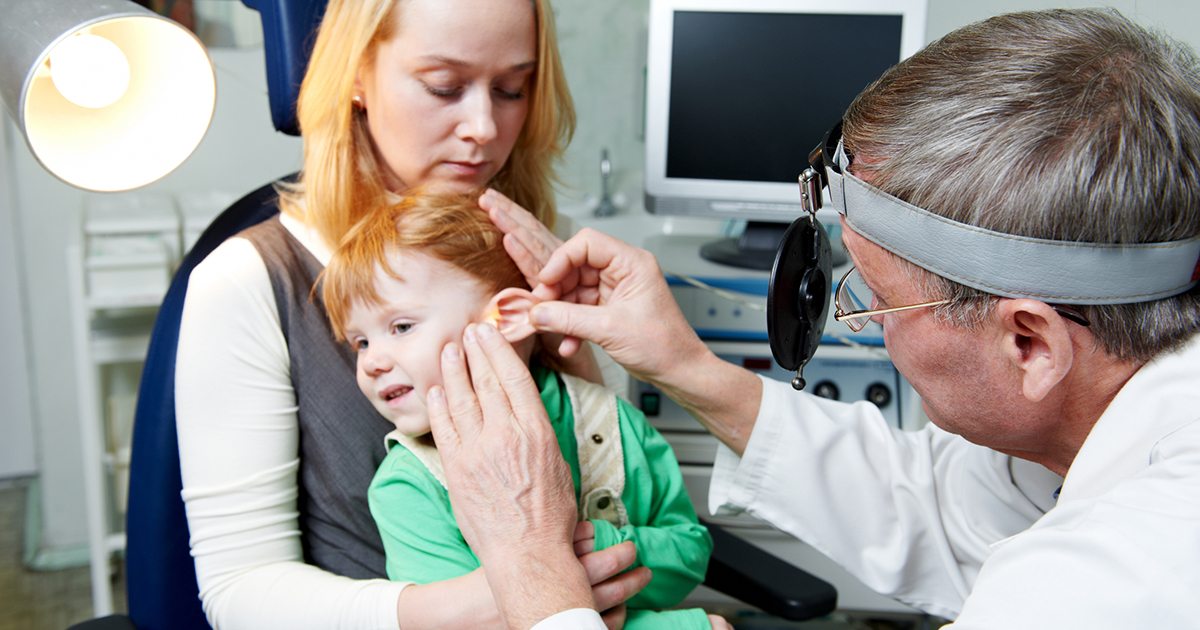Key Symptoms Linked To Werner Syndrome
Werner syndrome is a condition that causes an affected individual to age prematurely. Patients with this condition can grow as expected until the age where they begin puberty. Following puberty, Werner syndrome patients do not continue to grow as a healthy individual would. An affected individual begins to experience medical problems normally associated with late adulthood by the time they have reached thirty years old. The development of cancer is more likely to occur in individuals with Werner syndrome, including skin and thyroid cancers.
An inherited mutation in the WRN gene is known to be the cause of Warner syndrome. Diagnosis of Werner syndrome is made with the use of a physical examination and genetic blood testing. There is no cure for Werner syndrome and treatment centers around symptom management and the prevention of numerous complications, including heart disease and cancer.
Slow Growth Rate

One of the most prevalent symptoms in Werner syndrome is an abnormally slow growth rate. Children affected by Werner syndrome are abnormally thin, and their growth begins to slow when they reach late childhood. A child who has Werner syndrome will appear to weigh less and be shorter than their peers of the same age. Healthy children typically experience what is called a growth spurt during puberty that causes their long bones to grow, and their body height increases significantly.
However, Werner syndrome patients do not go through this adolescent growth spurt at all. The final height of an individual who has Werner syndrome is reached by the time they are thirteen years old. Due to this malfunction, affected individuals end up having an abnormally short stature throughout their life. A female with Werner syndrome will not have fully developed ovaries, and a male will not have fully developed testes. This lack of growth is referred to using the term hypogonadism. It is generally rare for Werner syndrome patients to have the ability to have a biological child.
Premature Gray Hair

There are specific cells that give an individual's hair color through the production of pigment or melanin. An individual who has Werner syndrome is known to age much quicker than healthy individuals due to the genetic mutation in their cells that causes them to be unable to repair damage to cellular DNA. This malfunction means the cells that produce melanin that give the hair its color begin to die off much quicker in Werner syndrome patients than they do in appropriately aging individuals.
These pigment-producing cells that become damaged cannot be repaired or replaced in affected individuals, leading to the early onset of hair with little or no pigment in it. Hair with a lack of melanin will turn grey at first, and will progressively lighten to white. Premature gray hair can also be the result of thyroid problems and nutritional deficiencies that can also occur in individuals affected by Werner syndrome.
Premature Loss Of Hair

Loss of hair typically becomes evident before a Werner syndrome patient reaches twenty-five years old. This hair loss includes the hair on the scalp, eyelashes, and eyebrows. Any body hair grown on an affected individual's trunk or chest may also begin to fall out. Furthermore, hair grown in the pubic areas and under the patient's armpits may also fall out. There is a close association between the slow growth and development that occurs in the Werner syndrome patient's reproductive organs and their premature loss of hair. Hormones are known to play a factor in this process.
The early loss of hair occurs because the cells that form the hair become damaged, and the affected individual's body cannot repair or replace them. This process naturally happens when healthy individuals reach an advanced or senior age. Hair loss and premature grey hair may accompany each other in Werner syndrome patients.
Severe Muscle Atrophy

Muscle atrophy is a process where the tissues that make up an individual's muscles begin to waste away. Healthy individuals may experience muscle atrophy as a result of an injury that makes them immobile for some time or when they reach an advanced age. Muscle atrophy is characterized by smaller limbs than usual and muscle weakness in the affected limb. Individuals who have Werner syndrome can experience degenerative changes that are progressive in all of their connective tissues, even the bones. The fatty layer that underlies an affected individual's skin can waste away, as well as the tissues that give the bones adequate density.
Damage to the cells that make up a patient's muscle tissues cannot be repaired or replaced properly, causing the muscle tissues to waste away. The most common muscles affected by severe muscle atrophy in Werner syndrome patients include the muscles in the legs, hands, and feet.
Dental Abnormalities

Individuals affected by Werner syndrome can exhibit dental abnormalities. The first mechanism that causes these abnormalities in the patient's oral structure and function is due to slow and abnormal tooth development. An affected individual's tooth enamel may not fully develop, leaving the teeth extremely vulnerable to damage and decay. The teeth may develop and emerge misshapen, causing everyday tasks such as eating, speaking, and practicing dental hygiene to be challenging. Other mechanisms that cause Werner syndrome patients to have dental abnormalities include the abnormal cycle of bone recycling.
A healthy individual's body breaks down old bone and produces new bone to replace it. However, individuals with Werner syndrome do not have this ability, and instead, the old bone is broken down and is not sufficiently replaced. This malfunction causes the bone density to decrease in the body. The jawbones are bones that can be affected by progressive bone loss in those who have Werner syndrome. Loss of density in the jawbone can cause teeth to fall out prematurely.
